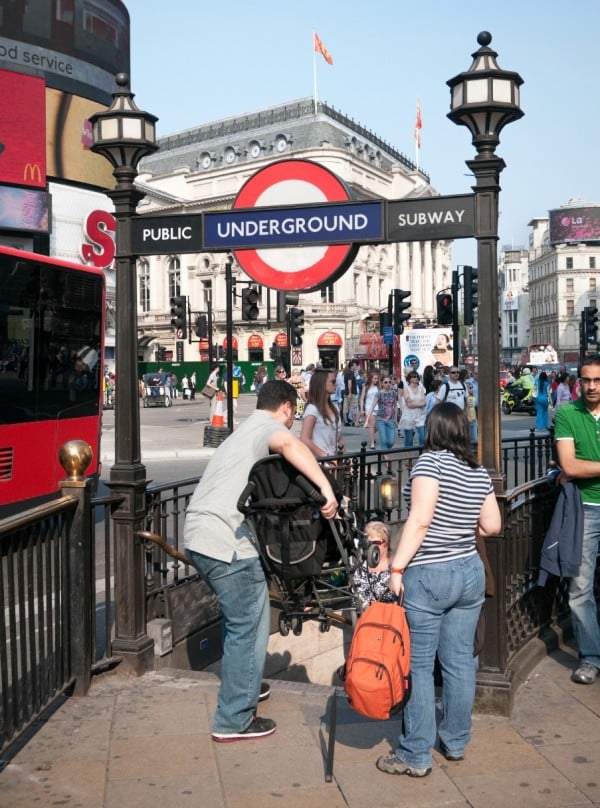
For our sunburnt country of sweeping plains, ragged mountain ranges, and droughts and flooding rains; Australia sure loves a city.
In fact, for the majority of Australians, the city is home.
At the last poll, over two thirds of Australians resided in our urban centers. That’s 21 million people growing up (and growing old) in the concrete jungles that frame our big, brown land. The average Aussie is no longer an outpost of cork hats and chooks in the backyard, people – we are officially a country of city folk.
This is a fact that may come as no surprise to those who currently reside in one of the many inner-city suburbs of Australia: like the rest of the world, these urban environments are growing and spreading at remarkable rates.
According to the UN, the world will add “…approximately one new city of a million every five days until 2050”.
But, as futurists and social scientists consider the ramifications of this kind of urban growth, one very disturbing finding has emerged: kids who grow up in the city are literally going crazy.



Top Comments
Maybe kids growing up in the city just have better access to mental health services hence a higher diagnosis rate?
I agree- also they could be poorer- in the uk people who live in the country need money for the luxury. While the reasons they state may have merit a correlation does not equal a cause.
Or just maybe......they are right.